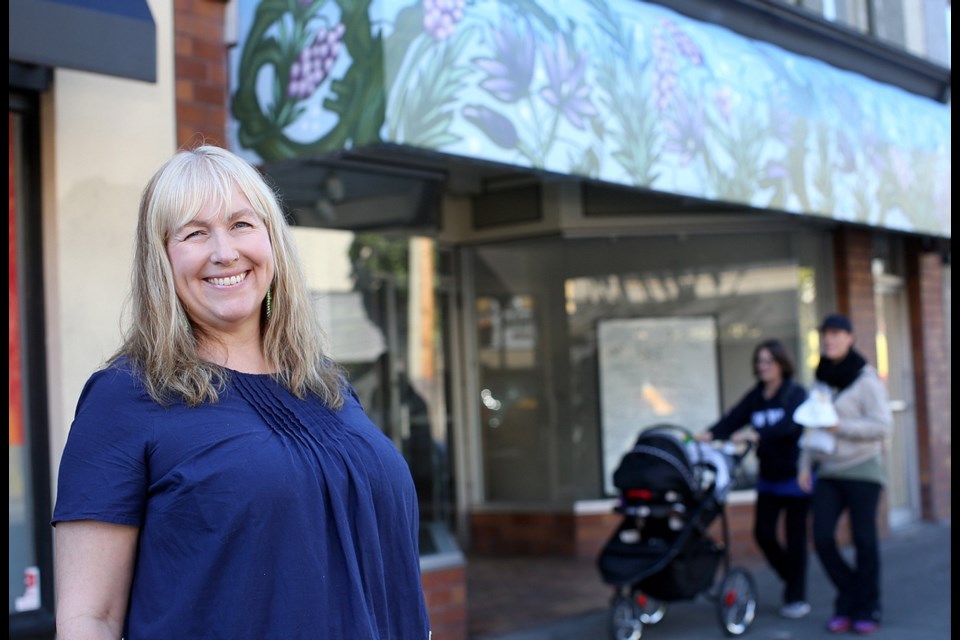Greater Victorians are increasingly concerned about the impact of addictions on their community, according to a report released by the Victoria Foundation.
“When an issue breaks into the top five of what’s most important to the region today, that is a statement,” said Robert Janus, project manager for Vital Signs — an annual snapshot of the well-being of Greater Victoria collected through a survey and public data each spring.
This year, addictions jumped from the number eight to the number four spot on the most-important issues list. It was one of the few major shifts in the 2017 report, along with childcare — which rose from the 16th spot to number nine.
“As the opioid crisis plays out in our community, we have to talk about the growing impacts and that it appears to be getting worse. This shows people are paying attention,” Janus said. Overdose deaths have tripled in the past two years, largely due to the deadly opioid fentanyl. More than 300 Island residents have died since 2016.
Marion Selfridge is a former youth outreach worker who helped found the new heARTspace pop-up art gallery at 819 Fort St., which features the work of people who’ve died from overdoses, as well as tributes to them.
“We’ve had people submitting work from their nephews, sons, daughters, friends and clients,” said Selfridge of the exhibit, which runs through October.
“This crisis affects everyone, even if they don’t know someone personally who has died, they are talking about it in churches, the mosque, classrooms. They are wondering what to do and who are these people that are using drugs in communities. What is going on with them?”
According to the report, the overall quality of life in the region is unchanged from last year with a B+ grade. The report grades are based on an online survey, which had 1,498 respondents — of whom 72 per cent were women, 40 per cent were in Victoria, half earned between $20,000 and $80,000 and the majority were over 45 years old.
Respondents said the natural environment and climate are the best things about living in Greater Victoria, while housing and the cost of living continued to top the most important issues.
“It’s a challenge that has been there for quite a while,” said Sandra Richardson, chief executive officer of the Victoria Foundation.
The region maintained a 0.5 per cent apartment rental vacancy rate in 2016, while the cost of rents increased by 5.5 per cent. According to the report, a person with a minimum-wage job at $11.35 an hour would have to spend about half their monthly pay to rent a studio apartment in Greater Victoria.
“Housing, homelessness and the cost of living are a constant concern, but also a complex issue,” Richardson said about the report, which is in its 12th year.
She said Vital Signs not only helps the Victoria Foundation address these issues with funding projects, but also gives other organizations, businesses and governments a resource to do the same.
“It’s also taught us the value of seeking out partnerships to make change,” she said, noting recent food security and literacy projects, a kids and youth fitness program with the Pacific Institute for Sport Excellence and two coalitions to address homelessness as success stories.
To read the Vital Signs report, go to victoriafoundation.bc.ca.



